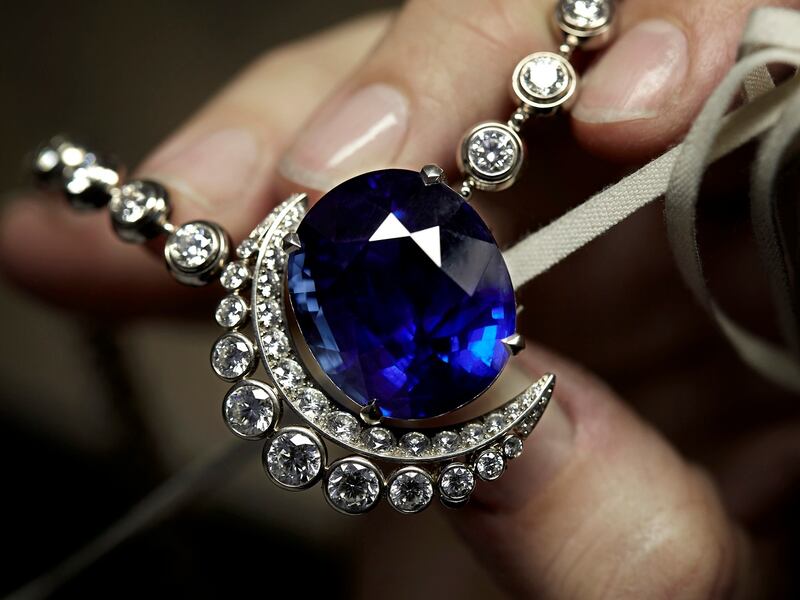It is 90 years since Gabrielle “Coco” Chanel created her first high jewellery collection and, to mark the occasion, the fashion house that bears her name has unveiled 1932, a line of jewels that pays tribute to her groundbreaking creations.
Bijoux de Diamants, widely considered to be the world’s first high jewellery collection, was an antidote to the sombre tone of the early 1930s. It was unveiled in 1932, three years after Black Thursday in 1929, which pushed the world into the Great Depression and cast the exuberance of the 1920s into distant memory. Amid collapsing consumer demand, soaring unemployment and rampant inflation, Chanel wanted to create something that represented optimism and renewal.
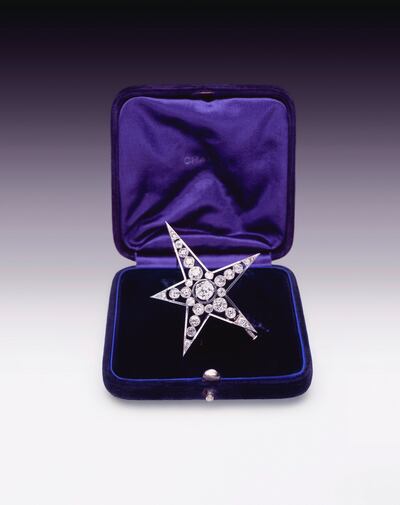
"Nothing could be better for forgetting the crisis than feasting one's eyes on beautiful new things, which the skills of our craftsmen and women never cease to unveil,” she said.
She was approached by the London Diamond Corporation, which was looking to restore the diamond market to its former lustre. They believed Chanel, a visionary accessories designer and daring business owner whose costume jewellery had recently been lauded by the international press, could help them achieve this goal. So they gave her the task of breathing new life into diamonds.
The decision was greeted with outrage from the traditional jewellers on Paris’ Place Vendome, who joined forces to try to prevent Chanel, the upstart couturier, from creating her jewels, demanding that the pieces be dismantled and the stones returned.
Her response was Bijoux de Diamants. She drew inspiration from the night skies of Paris – a jet-black canvas illuminated by the halo of the moon or stars that sparkled like floating diamonds. As she gazed up at the skies, Chanel decided she would cover women’s skin and hair with showers of meteorites, flaming suns and glowing crescent moons. “If I have chosen diamonds, it is because they represent the greatest value in the smallest volume,” she said.
She applied the principles of haute couture to jewellery for the first time, creating something that was unlike anything else being produced at the time. Chanel focused on the idea of silhouette and balance, which were key to her clothing creations, and worked to highlight the beauty of the diamonds by leaving them unadorned, with classic cuts and invisible settings. "I seek out the motifs that best showcase the brilliance of diamonds – the star, the cross, the fall of graduated stones and large sunburst cabochons,” she said.
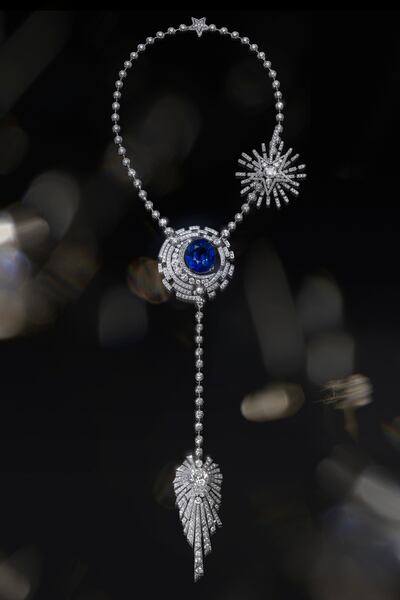
Bijoux de Diamants consisted of about 50 pieces, with white and yellow diamonds set in platinum and yellow gold. In addition to comets, moons, suns and stars, there were ribbon bows, fringes, feathers, spirals, circles, squares and crosses. While many of the pieces have been lost over time, in 2012, a documentary shot by Pathe Gaumont was rediscovered. It had been broadcast alongside newsreels in cinemas throughout France in Chanel’s time and featured a selection of pieces from Bijoux de Diamants, filmed in the designer’s private town house at 29 rue du Faubourg Saint-Honore.
Among the pieces that have been identified are 17 brooches, nine pieces of head jewellery, eight necklaces, four rings, three bracelets, two pairs of earrings, two watches and two accessories, including a cigarette case set with diamonds on the inside and the outside.
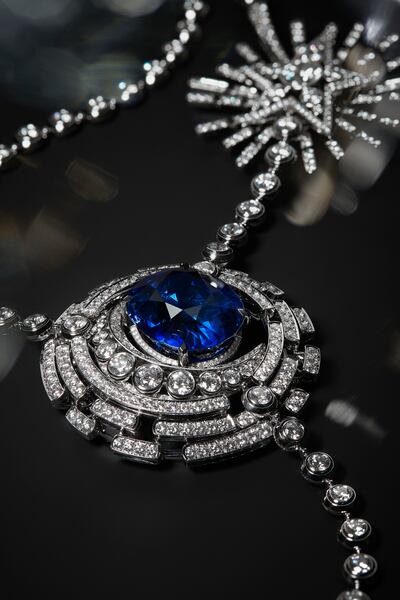
It was a collection designed with the needs of women in mind – women who were in perpetual motion and needed pieces that didn't interfere with their freedom of movement. "I detest clasps. I’ve done away with clasps. Yet my jewellery is transformable,” Chanel said.
The collection was unveiled on November 5, a symbolic number for Chanel, in an event that brought together international press, Parisian high society and members of the artistic community, including Jean Cocteau, Pablo Picasso, Gloria Swanson and Louis Metman and Georges Duthuit, curators at the Musee des Arts Decoratifs and the Louvre. The collection was presented on wax mannequins that had been made up and styled by Chanel, so they looked as though they might spring to life at any moment.
Now, 90 years later, the maison has created 1932, which traces a new map of the skies. "I wanted to return to the essence of 1932 and to harmonise the message around three symbols: the comet, the moon and the sun. Every heavenly body shines with its own light,” says Patrice Leguereau, director of the Chanel Jewellery Creation Studio.
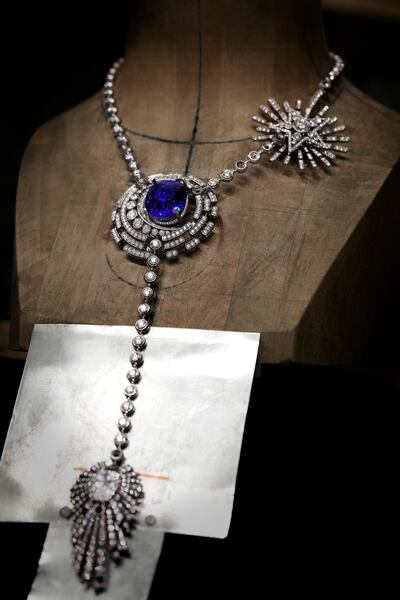
There are 81 pieces, of which 15 are transformable. Starry volutes wrap around the wrist, while suns sit at the base of the neck. There are sapphires, yellow diamonds, opals, rubies, spinels and tanzanites that cast multi-hued reflections on to the skin.
The collection’s signature piece is the Allure Celeste necklace, which combines round-cut diamonds, an oval 55.55-carat sapphire of a deep and intense blue and a Type IIa DFL 8.05-carat pear-cut diamond. The halos on the transformable piece detach to become brooches, and the central row of diamonds becomes a bracelet, transforming the necklace into a short version and paying homage to Chanel’s original pioneering creations.
